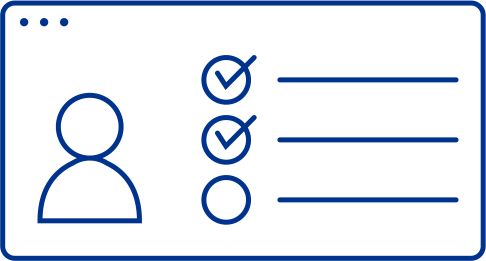Higher educational institutions across Canada currently face a range of familiar and new challenges. Students are prioritizing the student life experience alongside learning, and meeting their evolving expectations demands institutional investment. However, sources of public and private funding can be difficult to secure.
Aging infrastructure presents a significant challenge. Many of Canada’s world-renowned educational institutions were built decades ago, making it difficult to keep pace with today’s rapid-fire advancements in teaching and technology. Transformation is necessary, but campuses and colleges need achievable development strategies that build institutional resiliency, not balloon budgets.
Areas that set Canadian institutions apart are also sore spots of increased expenditure. For instance, while distinctive programs in STEM, trades and technology are highly valued, they can be costly to deliver. Extensive facilities, dedicated personnel, and advanced equipment are often necessary to support small cohorts of students.
Many colleges and universities are facing smaller revenue streams due to decreasing enrollments and caps on international student admissions. Despite fewer student dollars incoming, recruitment efforts must continue to attract talented students and highly-ranked faculty.
Building resilience in these circumstances isn’t easy, but there are ways for colleges and universities to uphold their core educational missions, enhance the student experience and optimize costs: Efficiency assessments.
A roadmap for cost optimization and revenue generation
Building long-term financial resilience requires reviewing and assessing current operations. Some provinces (e.g. Ontario) provide funding to qualifying colleges and universities to undertake efficiency reviews.
Conducted with or without external funding, efficiency reviews are objective, third-party expert reviews of an organization, in specific areas of interest. Applied to the higher education sector, they help uncover and eliminate hidden costs and identify potential new sources of revenue.
Higher education institutions are steeped in tradition and sometimes resistant to change. Efficiency assessments are powerful tools for gaining stakeholder buy-in. They clearly identify areas that need change and outline concrete steps for delivering long-term institutional resilience.
Depending on an institution’s needs, efficiency reviews can explore the institution as a whole or narrow in on specific target areas, such as process improvements, physical infrastructure, or cybersecurity.
Examples of operational enhancements resulting from efficiency assessments:
- Eliminating waste: Identify and minimize back, middle and front office processes that don’t add value to the student, faculty, or employee experience
- Improving processes: Identify and eliminate behaviours that impede the flow of information (e.g. in operations, policy, decision-making, learning)
- Cutting recruitment costs: Assess recruitment effectiveness and streamline accordingly
Driving retention: Build revenue through enrolments with targeted enhancements that support retention - Automating and standardizing administrative tasks: Identify opportunities and technologies to expedite workflow (e.g. in student services, financial services, onboarding, etc.)
- Optimizing space programming: Understand how physical assets and facilities are currently being used
- Transforming physical assets: Explore repurposing or selling assets to source revenue or create new revenue streams
- Consolidating procurement: Review supplier and vendor management to identify economies of scale and eliminate duplication of work
- Identifying new revenue streams: Investigate new service fees or program areas (corporate training, continuing education) that reflect today’s labor market needs
- Leveraging funding sources: Review and maximize potential funding sources, e.g. from government grants and private foundations
The value of KPMG solutions for colleges and universities
To initiate an efficiency review, KPMG works with you to identify specific areas of opportunity and define the scope. Depending on the target areas and complexity, reviews generally take between three to six months and are guided by KPMG proprietary lean thinking methodologies. The outcome of the analysis is a comprehensive cost optimization roadmap and detailed implementation plan that is ready to execute.
Post-implementation benefits include:
- Elimination of unnecessary spending
- Cost-effective investment decisions
- New revenue streams
- Alignment between strategic mandates and resource/investment allocation
- A clear pathway toward long-term institutional resilience
- Targeted improvements that uphold educational mandates and enhance the student experience
How KPMG can help
KPMG Canada’s National Education practice is a leader in the higher education sector in Canada. Our cross-functional and diverse teams bring well-rounded approaches to address the Operational Excellence issue colleges, polytechnics and universities are facing today. KPMG efficiency reviews are designed to help higher education institutions in Canada develop efficient and effective operations to support their strategic business objectives.
Connect with us
Stay up to date with what matters to you
Gain access to personalized content based on your interests by signing up today
Connect with us
- Find office locations kpmg.findOfficeLocations
- kpmg.emailUs
- Social media @ KPMG kpmg.socialMedia

